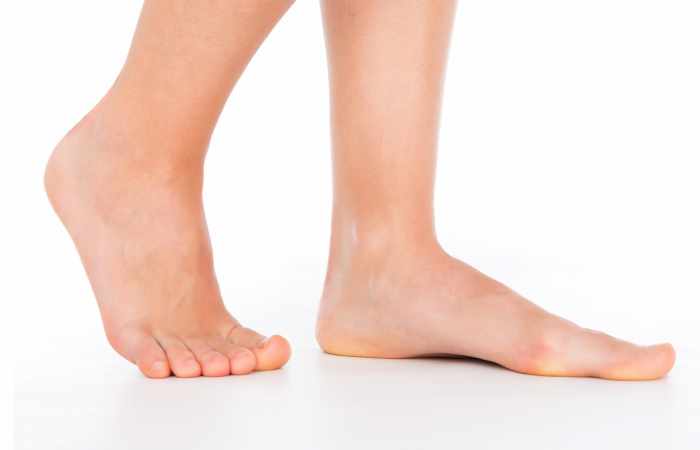
All the toes, from big to little, form a direct line, and each toe is smaller than the previous. Such feet are frequent among secretive people, loners, and those prone to mood swings.
The Roman foot
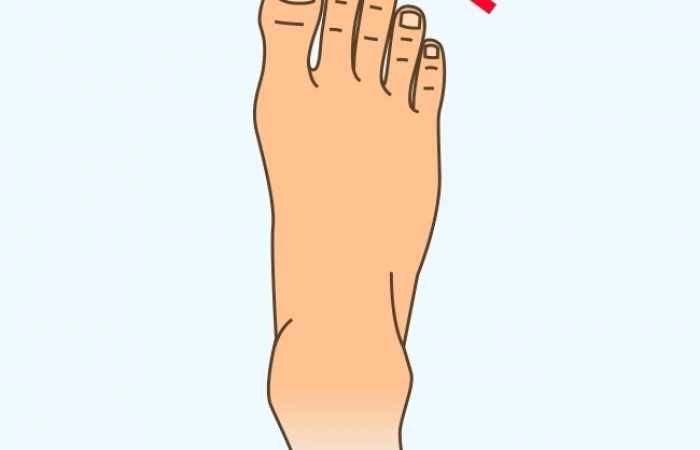
The most widespread type. People with such feet are generally sociable and friendly. In charismatic public figures of antiquity, such a form was more common than any other, hence the name.
The peasant foot
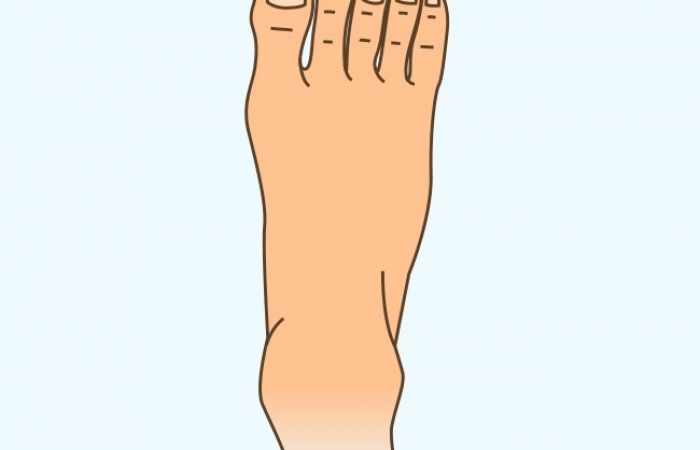
When all toes are equally long, the foot looks angular. People with such feet are calm, reasonable, and practical. Typically, they can be easily relied on: they keep their promises.
The Greek foot

The second toe is longer than the others. Owners of this foot type are usually artistic and emotional, inclined to leadership. It often occurs in athletes.
A little toe that doesn’t move
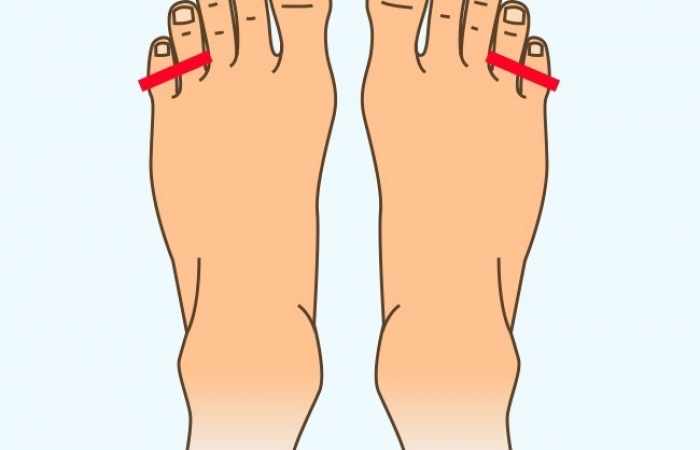
If you can push away the little toe only using your hand — not the toe muscles — this is your type. People of this foot type have a calm, measured, and predictable life. They’re conservative workaholics, as cool as cucumbers.
A little toe you can move
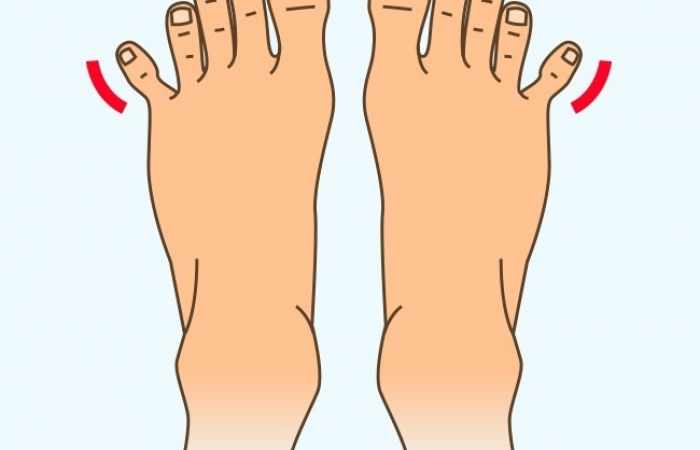
Those whose little toes are living their own lives are the exact opposite of the previous type. They’re easygoing, adventurous, and in constant search of change. They often cannot settle down. Yet it’s always easy to cheer them up if you offer to do some crazy things.
A very short little toe
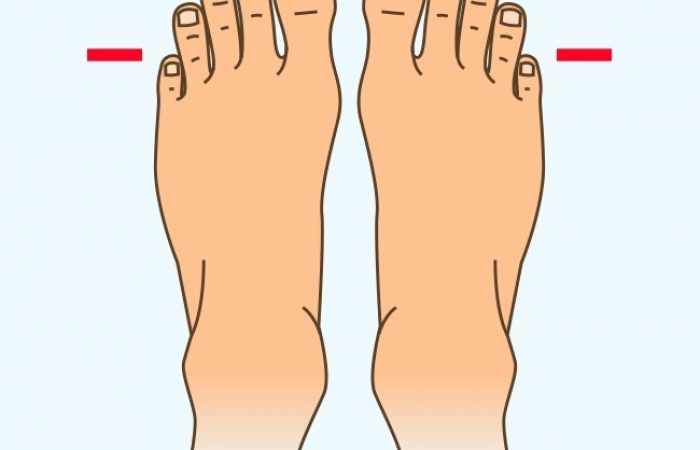
The owners of isolated toes usually prefer to defy public opinion and to do everything in their own manner.
The third toe is turned outward

People with such feet prefer to carefully plan everything in advance. They’re very organized and keep everything under control in any situation.
A gap between the second and third toe

The owners of this type of foot are able to perfectly separate logic from emotion. They make excellent diplomats, analysts, and traders.
/Brightside/
More about: #interesting #foot








